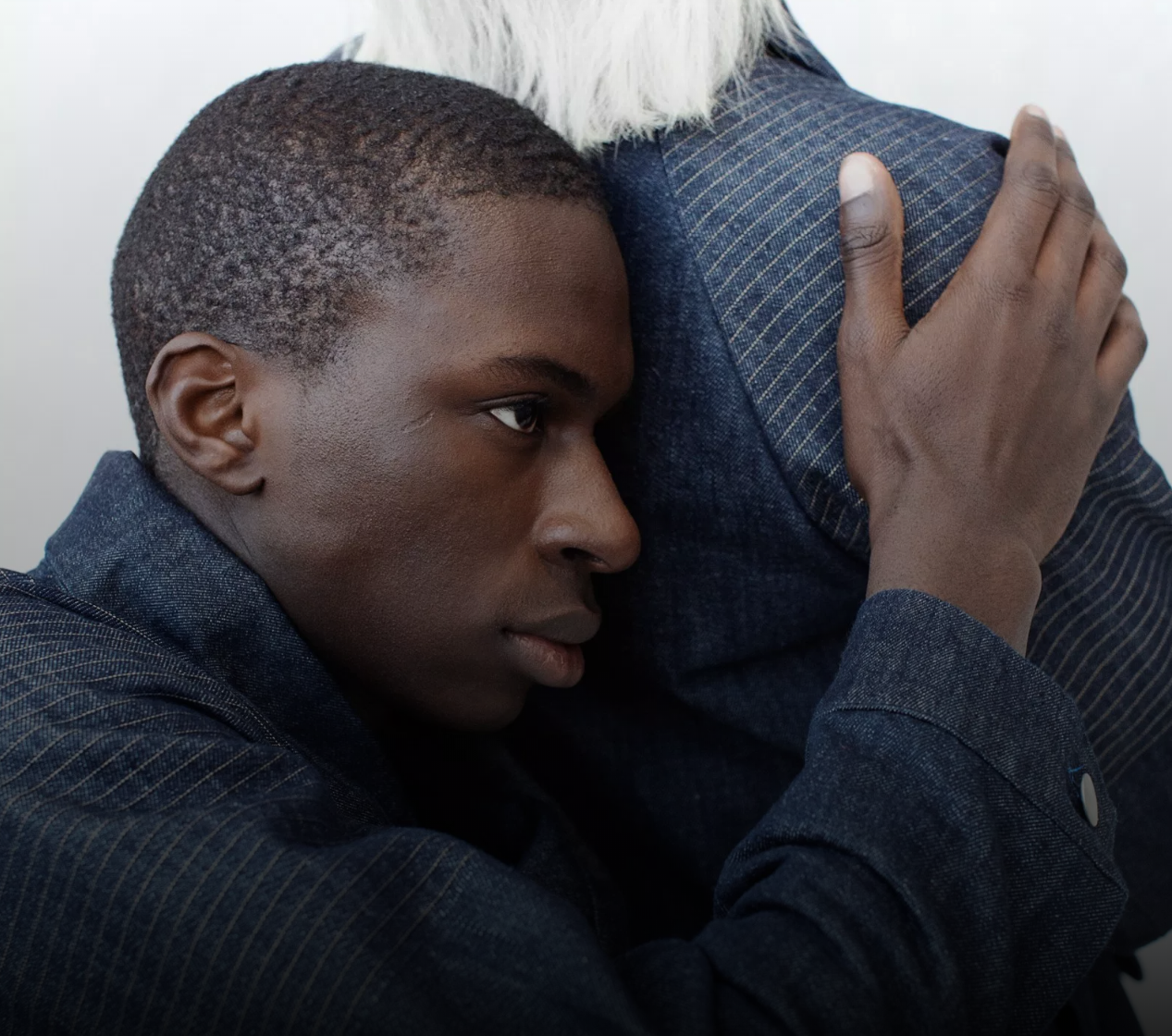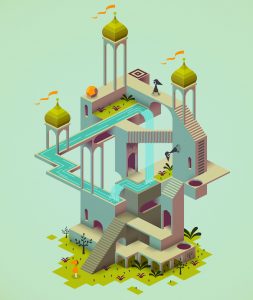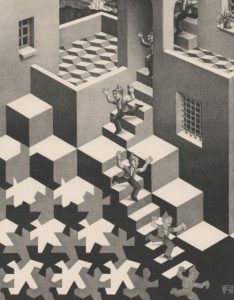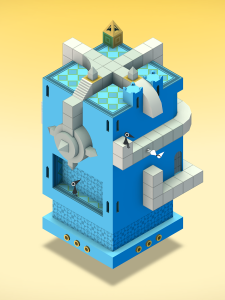The Moment We Meet is a piece of kinetic installation art by Taiwanese artist Hsin-Chien Huang. It is installed in a subway station in Taipei. This project is a panel system of 10×10 matrix of faces, controlled by PLC. The faces are printed on PVC panels. Each panel can be controlled by the computer to create different combinations of faces. In term of the main idea, this project aimed to express that when we meet, our emotions will spread out to others. This project took about two years to complete.
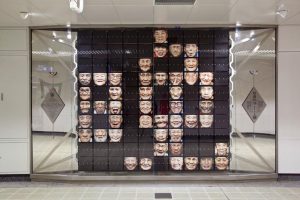
I visited Taip a few summers ago, and as soon as I walked out of the subway station, this piece caught my attention — I was astonished. I stood there for few minutes staring at the installation. I felt like I was making eye contact with different people as the panels flipped through. It was just so fascinating. The fact that they made so many variations using just 10 panels is magical. The panels also flipped in various ways! As I was a tourist, this piece made me feel like everyone in Taipei was greeting me. This project can also be used for advertisements since it captures people’s attention.
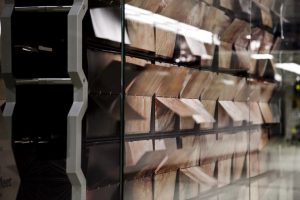
![[OLD FALL 2018] 15-104 • Introduction to Computing for Creative Practice](../../../../wp-content/uploads/2020/08/stop-banner.png)


